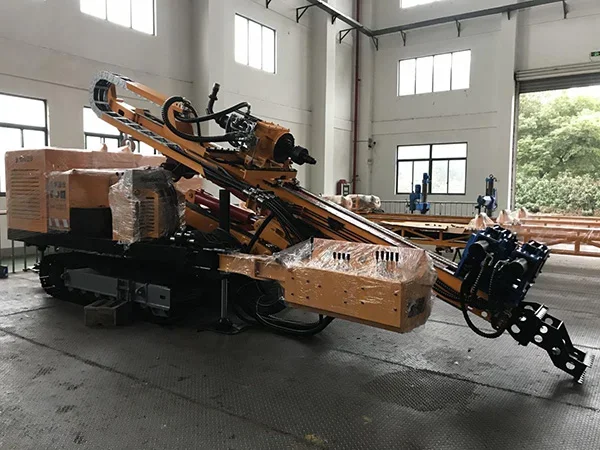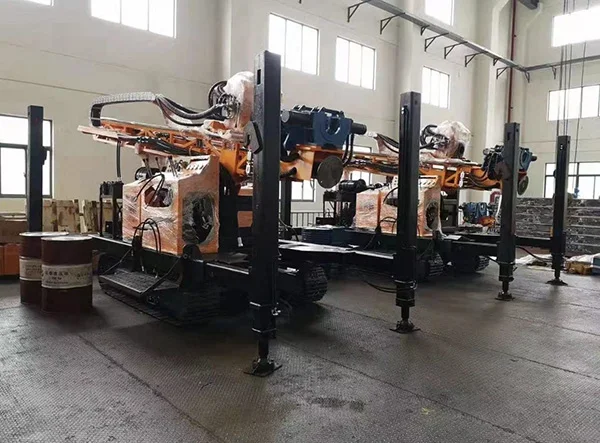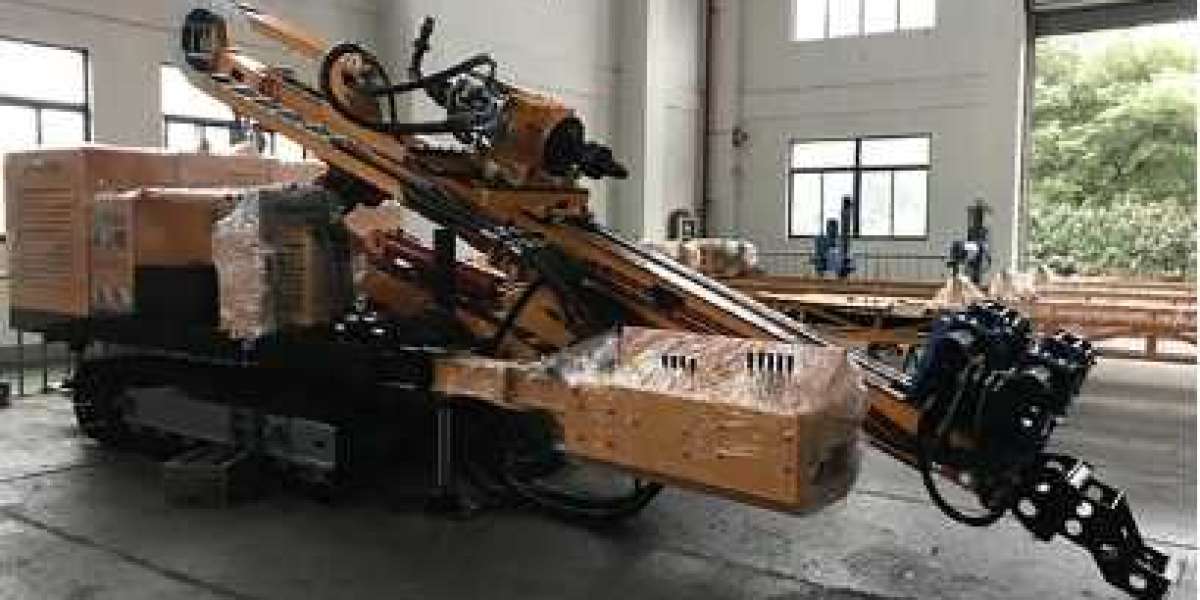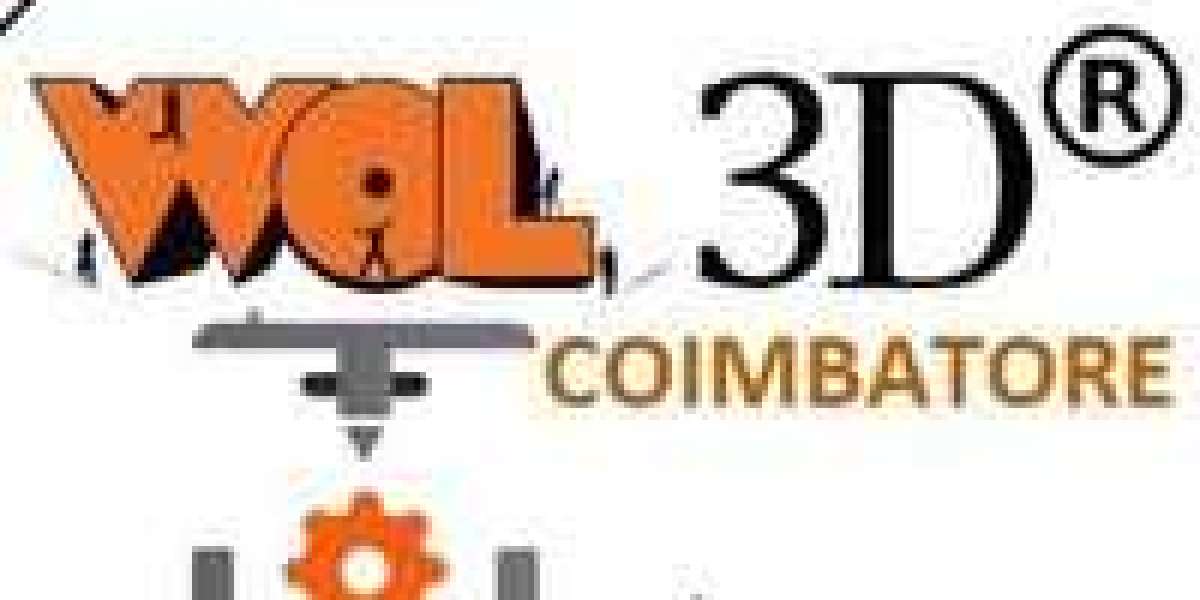Reverse circulation drilling is a popular method used in various industries, including mining, geothermal exploration, and water well drilling. This technique offers several advantages over conventional drilling methods, such as faster drilling rates, higher sample recovery, and reduced borehole instability. One critical component that contributes significantly to the success of reverse circulation drilling is compressed air. In this blog post, we will delve into the role of compressed air in the process of reverse circulation drilling and its impact on efficiency and productivity.
I. Understanding Reverse Circulation Drilling
Before discussing the role of compressed air, let's briefly understand the process of reverse circulation drilling. Unlike conventional drilling, where drilling fluid (also known as drilling mud) is used to carry cuttings to the surface, reverse circulation drilling reverses the flow of fluids, creating a closed-loop system. In this method, compressed air is used to lift cuttings and fluids to the surface, resulting in efficient drilling operations.

II. Enhancing Penetration Rates
One of the significant advantages of utilizing compressed air in reverse circulation drilling is the ability to enhance penetration rates. By injecting compressed air into the drill string, the air pressure is exerted on the bottom of the borehole, effectively breaking up the rock formation. This method promotes efficient rock fragmentation, allowing for faster drilling progress and increased overall productivity.
III. Efficient Cuttings Transport
The proper removal of cuttings during the drilling process is crucial for maintaining good hole stability and maximizing sample recovery. Compressed air plays a vital role in efficiently transporting cuttings from the bottom of the borehole to the surface. As air flows upward through the drill string, it carries cuttings through the annulus between the drill pipes and the borehole wall. This airflow acts as a powerful lifting force, preventing cuttings from settling at the bottom and ensuring continuous circulation.
IV. Sample Recovery and Contamination Prevention
In reverse circulation drilling, the ability to recover high-quality samples is paramount. Compressed air assists in achieving this by minimizing the risk of contamination. As the air moves upwards, it creates a constant positive pressure inside the drill string, preventing any influx of unwanted fluids or contaminants into the sample. This technique ensures that the collected samples are representative of the geological formations being drilled, reducing the need for additional coring or sampling operations.

V. Managing Borehole Stability
Maintaining borehole stability is crucial in drilling operations to avoid well collapse and other associated issues. Compressed air assists in managing borehole stability during reverse circulation drilling by creating a constant upward airflow. This airflow helps to remove excess water, cuttings, and gas from the borehole, reducing the potential for hole collapse or caving. Additionally, the controlled air flow acts as a support mechanism, preventing formation fluids from damaging the wellbore walls.
VI. Environmental Considerations
Compressed air offers several environmental benefits when used in reverse circulation drilling. Since compressed air replaces conventional drilling fluids, the potential harm caused by drilling muds to the surrounding ecosystems is significantly reduced. Furthermore, the closed-loop system minimizes water usage and decreases the likelihood of groundwater contamination.
Conclusion
Compressed air plays a crucial role in the process of reverse circulation drilling. It enhances penetration rates, efficiently transports cuttings, facilitates sample recovery, maintains borehole stability, and reduces environmental impacts. By understanding and harnessing the power of compressed air, drilling operations can be executed more efficiently, resulting in increased productivity and improved overall performance.
Wuxi Jinfan Drilling Equipment Co., Ltd is a leading manufacturer and supplier of reverse circulation drilling. With a professional and dedicated team, the company is committed to delivering top-notch products that meet industry standards. Their reverse circulation drilling lineup includes Anchoring Drilling Rigs, Water Well Drilling Rigs, Sea Geological Exploration Core Drilling Rigs, Surface Hydraulic Core Drilling Rigs, and Underground Core Drilling Rigs.
If you are in need of a reliable drilling solution that prioritizes efficiency and accuracy, consider investing in are reverse circulation drilling rigs from Wuxi Jinfan Drilling Equipment Co., Ltd.
Email:saler@wuxishuangfan.com








